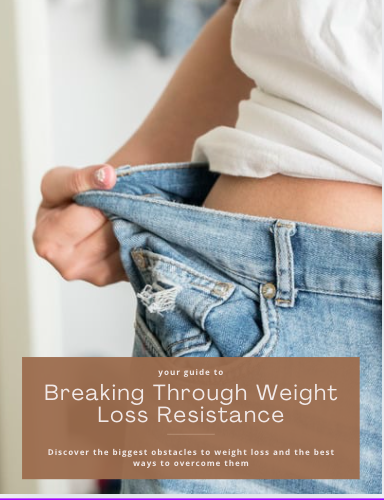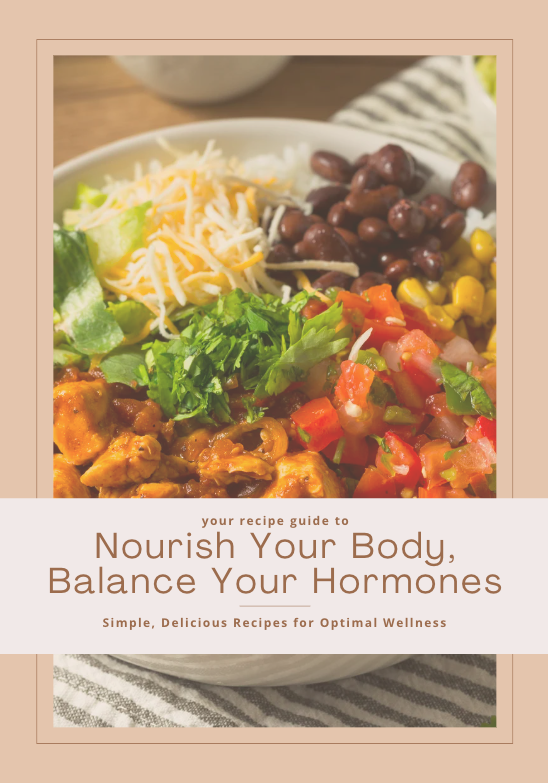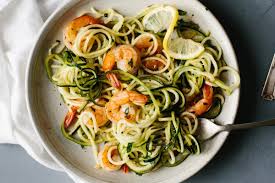Healthy garlic-ginger chicken and rice (one pan)
Looking for an easy, healthy meal that’s absolutely packed with flavor and perfect for the whole family? Just like the classic arroz con pollo, this Garlic Ginger Chicken and Rice ticks all the boxes. With tender chicken thighs, fluffy jasmine rice, fresh broccoli, and a hint of sesame, this is a one-pot meal that belongs in your weekly rotation.
It’s comforting “meal prep meets weeknight dinner” food, packed with protein and wholesome ingredients. And it’s super customizable to meet dietary restrictions and an excellent solution for leftover chicken or rice.
Table of contents
Join my next 6 week challenge!
Tired of endless diets and no results? Join the FASTer Way to Fat Loss and see real, sustainable changes in just 6 weeks!
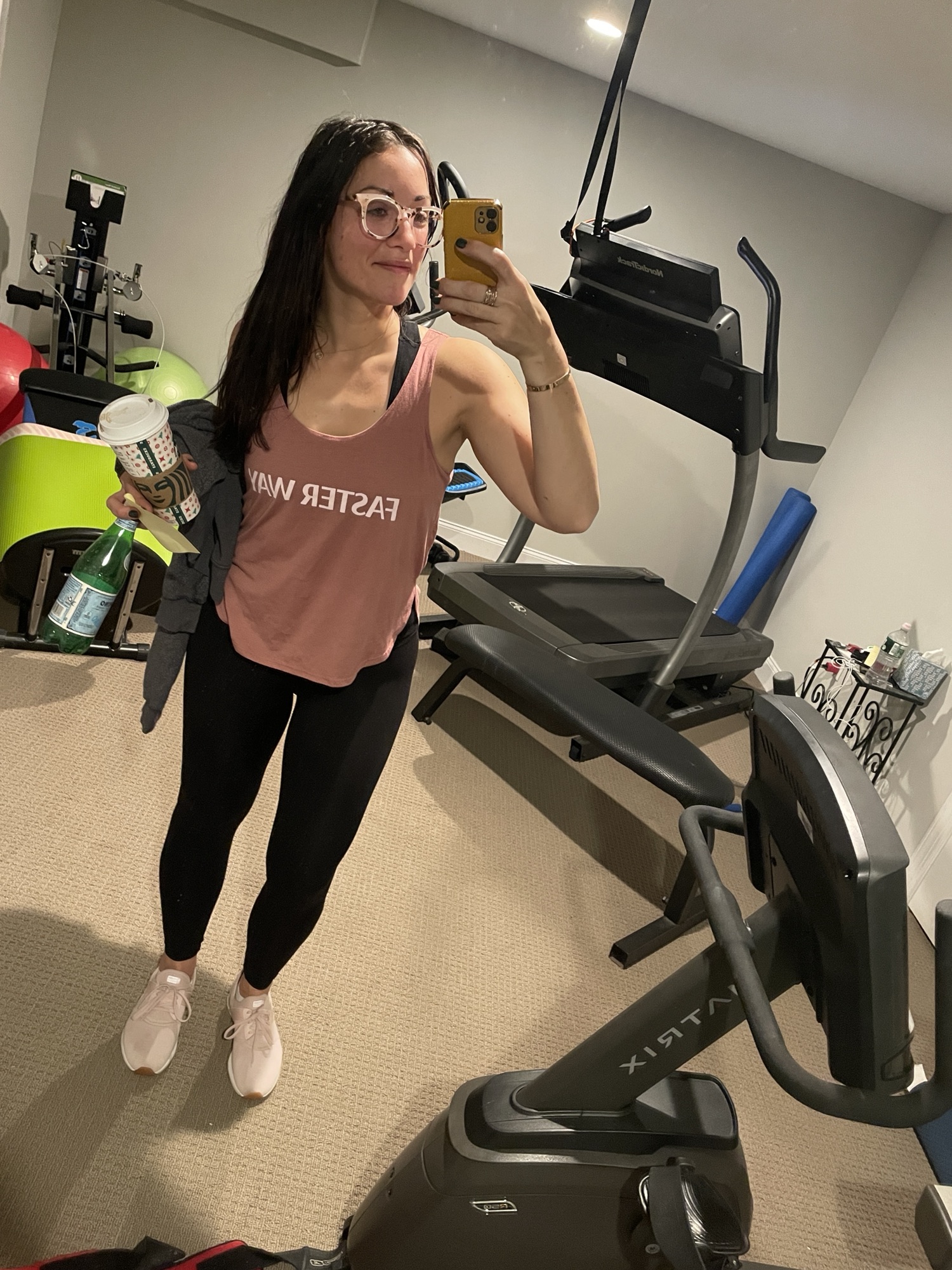
😍 Why You’ll Love Garlic Ginger Chicken and Rice
- Effortless One-Pot Meal: Less mess, less time, and more flavor.
- Packed with Nutrition: Protein, fiber, and nutrients, all-in-one dish.
- Super Versatile: Mix it with green beans, bell peppers, or even cauliflower rice for variety.
- Meal Prep Friendly: It’s an easy meal that’s great for prepping lunches for the week ahead.
- Perfectly Balanced Flavor: Fresh garlic, ginger, and a drizzle of sesame oil bring the bold and comforting layer of flavor you’re craving.
🗒️ Ingredients + Substitutions
Here’s what you’ll need to make this family-favorite recipe (plus a few substitutions for flexibility):
- Chicken Thighs (Boneless, Skinless): Juicy and flavorful, but you can easily swap with lean chicken breast or organic chicken for lighter macros. For my kids, I like to cut the chicken into bite-sized pieces.
- Jasmine Rice: Perfect for fluffy rice, but long grain, white rice, instant rice, or even brown rice also works well!
- Low-Sodium Chicken Broth: Vegetable broth or water works if needed.
- Coconut Aminos or Soy Sauce: Choose low-sodium soy sauce if you’re out of coconut aminos.
- Fresh Garlic & Ginger: Garlic powder or onion powder can be used in a pinch, but fresh ingredients create a bolder taste.
- Broccoli & Carrots: Fresh broccoli florets and julienned carrot are ideal, but feel free to toss in cauliflower rice, black beans, or even green beans for variety.
- Sesame Oil & Red Pepper Flakes (optional): Add the perfect finishing touch with a drizzle of sesame oil, and spice it up with a pinch of red pepper flakes!
- Green Onions & Sesame Seeds (optional)
💡 Gluten-Free? Read This!
Good news! This recipe is gluten-free as written. Just be sure the soy sauce or coconut aminos you select is certified gluten-free. Double-check the chicken broth or vegetable broth label for any hidden gluten as well.
👩🍳 How to Make My Garlic Ginger Chicken and Rice
Ingredients prepped? Here’s how to turn it into a delicious recipe your whole family will devour in no time!
- Sear the Chicken Heat olive oil in a large skillet over medium heat. Season the chicken thighs with salt and black pepper, then sear for 3-4 minutes per side until golden brown. Set aside.
- Build Flavor Add minced fresh garlic, grated ginger, and red pepper flakes to the same skillet. Sauté for about a minute, just until fragrant.
- Simmer the Rice Meal Stir in the rice, 2 cups of chicken broth, honey, and coconut aminos. Mix well. Return the chicken to the skillet, covering it with the sauce.
- Cook the Rice and Veggies Cover and simmer on low heat for 20 minutes. Add the broccoli florets and carrot on top of the rice during the last 5 minutes of cooking.
- Finish with Sesame Oil and Garnishes Drizzle with sesame oil, sprinkle green onions, and add sesame seeds if desired. Serve hot and enjoy!
📓 Best Served With
Looking to elevate this dish even more? Pair it with these simple side dishes for a complete meal:
- Green Beans or Bell Peppers sautéed with garlic powder and olive oil.
- A fresh side salad with avocado oil dressing.
- Steamed cauliflower rice for extra veggies.
Bonus tip: top your bowl with a soft-boiled egg for extra protein!
👝 How to Store Leftovers
Got leftovers? (Lucky you!) Here’s how to store them for maximum deliciousness:
- Fridge: Store in an airtight container for up to 3-4 days.
- Freezer: Freeze in portioned airtight containers for up to 3 months.
- Reheat: Warm gently on medium heat to preserve that fluffy rice texture.
🧠 Common Questions
Q: Can I use leftover rice or chicken for this recipe?
A: Absolutely! This dish works great with leftover rice or rotisserie chicken. Simply adjust cooking times since pre-cooked ingredients don’t need as long.
Q: What kind of rice works best here?
A: Jasmine rice is my favorite for this recipe, but regular rice, long grain, or even instant rice works in a pinch. Cauliflower rice is a fantastic gluten-free alternative too!
Q: Can I make this in an Instant Pot?
A: Totally! Sear the chicken on sauté mode, then add the ingredients and cook on high pressure for 10 minutes.
💪🏼 Tracking Macros? Check This Out
If you’re keeping an eye on your protein, carbs, and fats, this recipe is macro-friendly without sacrificing taste. Each serving is packed with 43g protein, 53g carbs, and 11g fat.
You can also adjust the macros if needed:
- Use lean chicken breast for less fat.
- Sub cauliflower rice for a lower-carb option.
- Add black beans to pack in more fiber and plant-based protein.
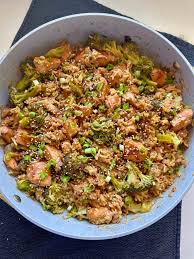
Ingredients
Method
- Heat olive oil in a large skillet over medium heat.
- Season the chicken thighs with salt and pepper, then sear for 3-4 minutes per side until golden brown.
- Remove chicken and set aside. In the same skillet, add garlic, ginger, and red pepper flakes, sautéing for 1 minute until fragrant.
- Stir in the rice, chicken broth, honey, and coconut aminos, mixing well. Return the chicken to the pan, cover, and simmer on low for 20 minutes.
- Add broccoli and carrots, cover, and cook for another 5 minutes until veggies are tender and rice is fluffy.
- Drizzle with sesame oil, garnish with green onions and sesame seeds, and serve hot.

